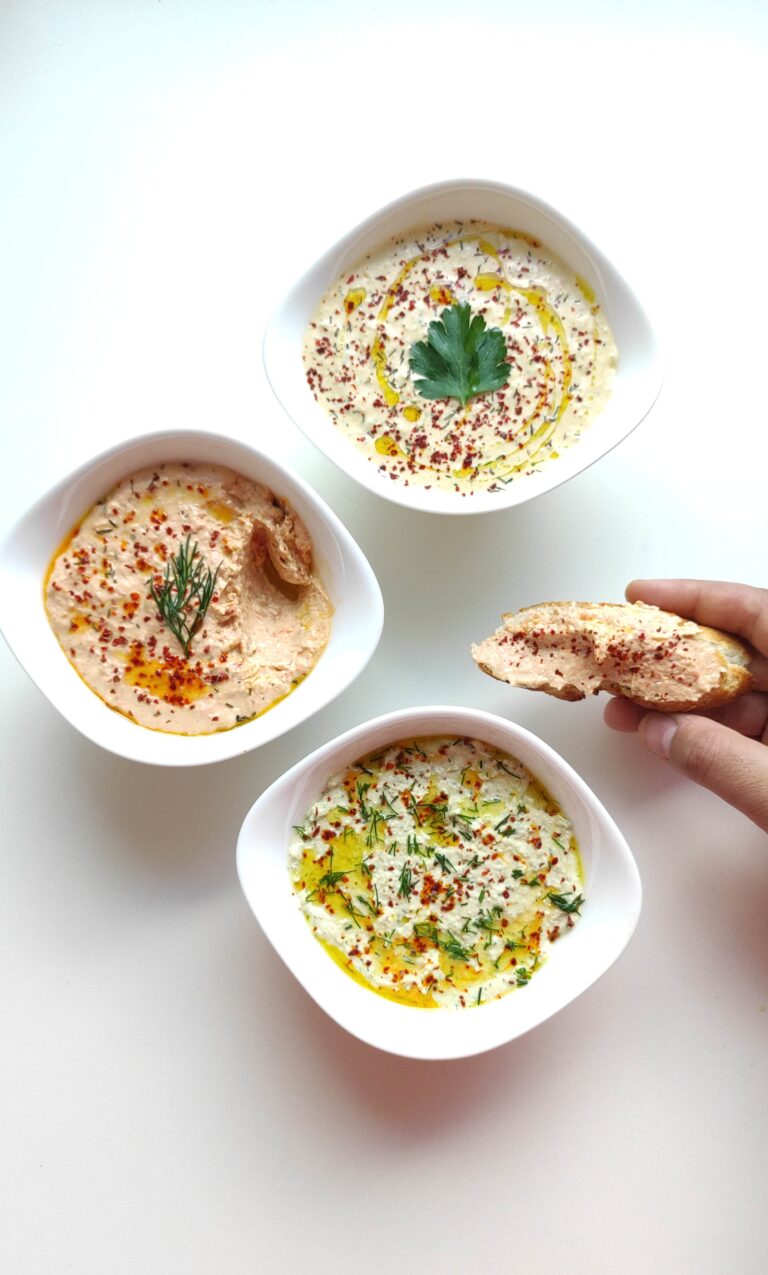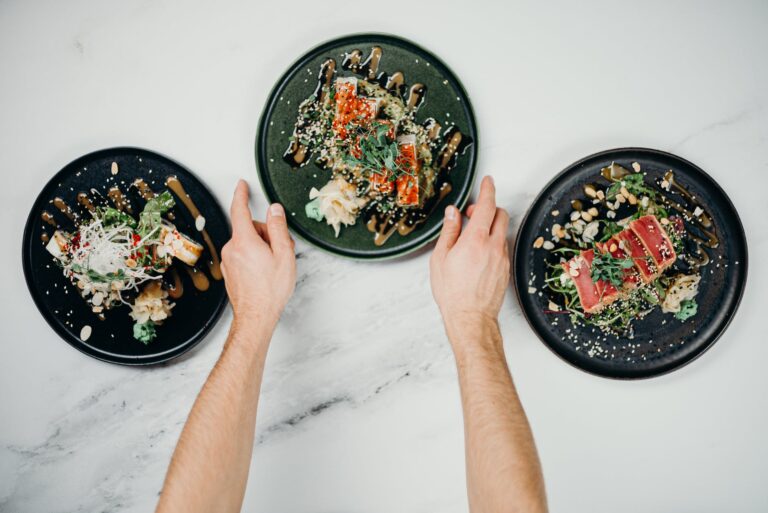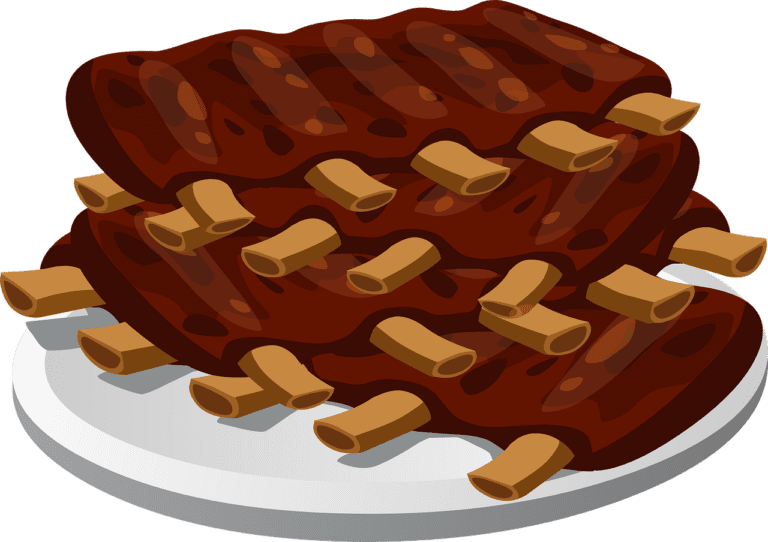How to prepare quick pickled vegetables at home?

Are pickled vegetables healthy? The answer yes, however, the method you use to make pickled vegetables is also very important. The following article analyses the traditional and modern method and shows how these methods affect the nutritional values of the final product. Besides that, you will learn how to prepare quick pickled vegetables at home.
Contents
Natural Fermentation:
It has been determined that the traditional fermentation method used in pickle making preserves the nutritional values of the vegetables and fruits used in pickle making. The reason for this is that no heat or boxing is used in the traditional fermentation method. Only unrefined sea salt is used for fermentation. Pickles fermented naturally in this way also provide a good source of beneficial bacteria known to facilitate digestion. So consuming small amounts of these naturally produced pickles is an easy way to increase the beneficial bacteria in the gut. These beneficial bacteria that improve digestion play an important role in the synthesis of vitamins B and K, as well as improving the immune system. In addition, when pickles are fermented in a natural way, heat-sensitive vitamins and minerals are not lost. This is one of the most important benefits of traditionally fermented pickles.
Modern and “unhealthy” Pickling Methods:
The most common way of pickling nowadays, vinegar-based pasteurised pickles, is heat-treated. Although this process extends the shelf life of the product, it kills the rich enzymes and beneficial bacteria as well as heat-sensitive vitamins. Heating reduces the nutritional value of the final product. In other words, the nutritional value of pickles produced by modern methods is reduced compared to naturally produced pickles.
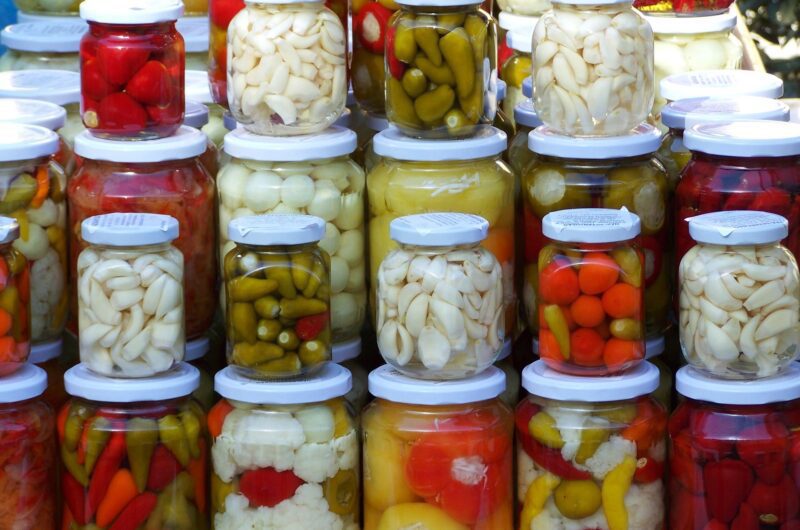
Are pickeld vegetables healthy?
Especially, as the importance of alternative medicine or traditional medicine has increased in addition to modern medicine, the interest in pickled vegetables, which are important probiotic products, has increased day by day.
What is probiotic? “Good” and “friendly” bacteria
Probiotics are live microorganisms that are beneficial to the health of the host organism, which is typically a human. They are frequently referred to as “friendly” or “good” bacteria because they support a balanced population of microbes in the gut.
Natural sources of probiotics include several foods including yogurt, kefir, sauerkraut, pickeld vegetables and kimchi.
Probiotics function by colonizing the gut and assisting in the inhibition of the development of dangerous bacteria. They can also aid with digestion, immune system support, and bodily inflammation reduction. Additionally, it has been demonstrated that some specific probiotic strains are beneficial for illnesses like irritable bowel syndrome (IBS), inflammatory disease (IBD), and certain types of allergies.
Nowadays probiotics are widely available on the internet in the form of tablets, capsules and supplements.
Are probiotic tablets good for you?
According to Canan Efendigil Karatay Professor in Cardiology, artificial probiotics are not natural and should not be used because they are heat treated. “You should not waste your money in vain on probiotics sold as tablets”. Therefore, we should take probiotics from natural foods.
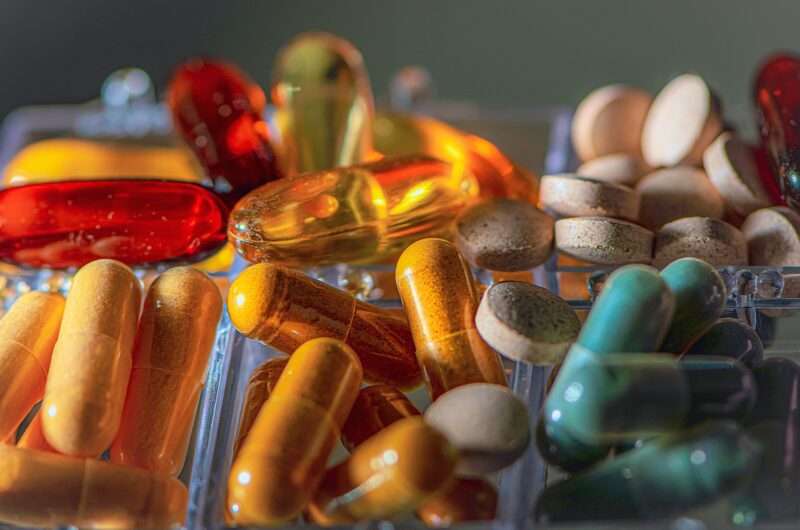
Probiotic tablet risks
Accordingto Harvard Medical School there are numerous varieties of probiotics available. Some have received thorough study, while others have not. Probiotics have the potential to make someone sick if their immune system has already been compromised by disease or drugs.
The fact that probiotics are seen as dietary supplements rather than medicines is another issue with them. Because of this, the FDA does not oversee the production of probiotics. Probiotics that are sold in pharmacies and health food stores may not be of excellent quality. Even the probiotic bacteria indicated on the label of some lower-quality goods could not be present.
It’s important to note that not all probiotics are created equal, and the benefits may vary depending on the strain, dose, and delivery method. If you’re interested in taking probiotics, it’s best to talk to your doctor or a registered dietitian to determine which strains and doses may be most beneficial for your individual needs.
How to prepare quick healthy pickled vegetables at home?
- Pickling material should be chosen first. Autumn is a good time to make pickles like cucumber, mixed, tomato, aubergine, cabbage, pepper, etc. Make sure, however, that the vegetables you purchase were cultivated using organic practices. Make sure the fruit or vegetable you are using to make the pickle is fresh. If at all feasible, pickle the fruits or veggies you purchase right away.
- As vital as the pickling substance is the storage container. Our forebears used to set up in cubes in the past. Today, however, it appears to be fairly tough to build up cubes. due to the continued manufacture of appropriate cubes. Picking 3-5 litre pets or glass jars recognized by the Ministry of Agriculture in compliance with the food codex is preferable if you have a large family that enjoys pickles. Also available are smaller jars.If you are going to use tap water, boil it and wait for an evening. You can use it in your pickle after straining.
- Use either well water or drinking water without chlorine while making pickles. As a result, your pickle will stay fresher for longer. You can simply consume your pickle and the water at the same time.
- Optionally, you can also add 2-3 sugar cubes per 1 litre. This will accelerate fermentation.
- You can put 4-5 chickpeas at the bottom of the jar while pickling. Throwing a few chickpeas into the pickle will contribute to natural fermentation. Thus, the durability of your pickle will increase.
- Pickles must be made with rock salt. The larger rock salt dissolves later and increases the flavour and durability of the pickle. It also prevents the pickle from melting.
- Put plenty of garlic in the pickle. Garlic, which is very useful, is frequently preferred both for your immune system and for the durability of the pickle.
- The ingredients are very important. Small hot peppers, dill, black peppercorns, bay leaves should be used in pickle making for a slight bitterness. In this way, you can get a pleasant aroma and a long-lasting flavour.
- A good pickle needs time to ferment to form. About 2-3 weeks will be enough for your pickle to mature. However, do not open the lid frequently and stir the pickle during the fermentation phase. At the end of 3 weeks, you can enjoy your pickle with a clean non-metal spoon.
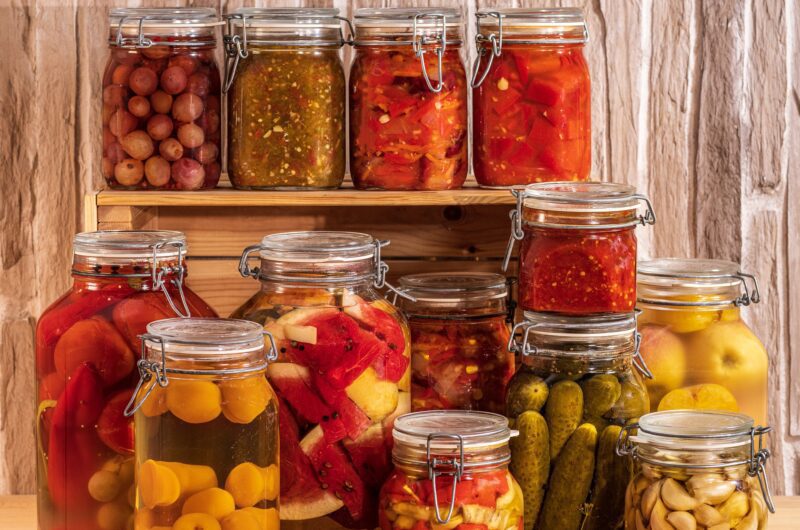
Pickled vegetables recipe
Pickling vegetables is a great way to preserve them and add a tangy flavor to your meals. Here’s a quick and easy recipe for making pickled vegetables at home:
Ingredients:
- 5 cucumber
- 4 green tomatoes
- 4 pieces of carrot
- 10 green chillies
- 2 heads of garlic
- 2 cups of grape vinegar
- 2 lemons
- 4 tablespoons of rock salt
Instructions:
- Wash and clean the vegetables with plenty of water. Chop them whole or in desired size.
- Add garlic to the bottom, middle and top of the jar and fill the jar with mixed pickled vegetables.
- For each 2 litre jar, add 2 tablespoons of rock salt, 2 lemons, 1 cup of grape vinegar and fill it with water.
- Dry the mouth of the jar and close the lid. It is kept in a cool place where there is no light. It will be ready after 14 days.
Conclusions:
- If you want to prepare healthy pickled veegtables, use organic products.
- It is very important to use natural rock salt.
- Do not use probiotic tablets or talk to your doctor before you use them.
- For healthy pickled veegtables, use natural fermentation methods


